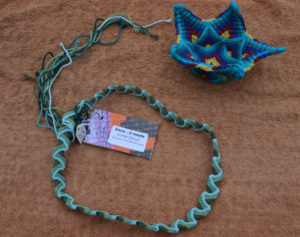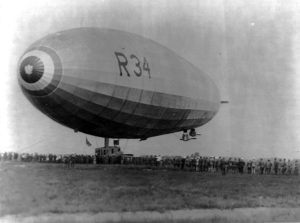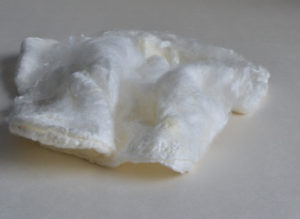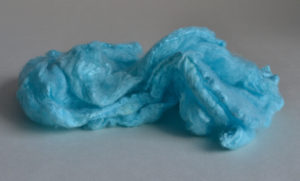Today we met at our new venue in the Methodist Church Diss – it has much more and much easier parking and, for £1, you can have as much tea and coffee as you like! We welcomed a visitor from Pembrokeshire, and a new member who Pam got started with spinning. Once all the new housekeeping and business was over (which was quite extensive as our exhibition is at the end of May) there was the opportunity for ‘spinning fine’.
The mini-workshop at the meeting was Spinning Unusual Animal Fibres, led by Janet Major. Janet showed examples of some of her fine spinning – reaching down to 0.15mm (measured with a micrometer scale and microscope!). She then demonstrated and briefly discussed some theory on ‘wraps per inch’ (w.p.i.) and ‘twists per inch’ (t.p.i.) and encouraged members to gradually spin finer. Fifteen packs had been prepared and at the end only one was left!
Attendees had a pack of exotic fibres to try:

Look at the concentration:
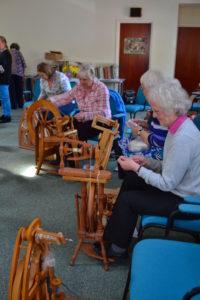
Lots of members were surprised at how fine they could manage. This is some of Pauline’s spinning from the day:

A great start to the new venue.
